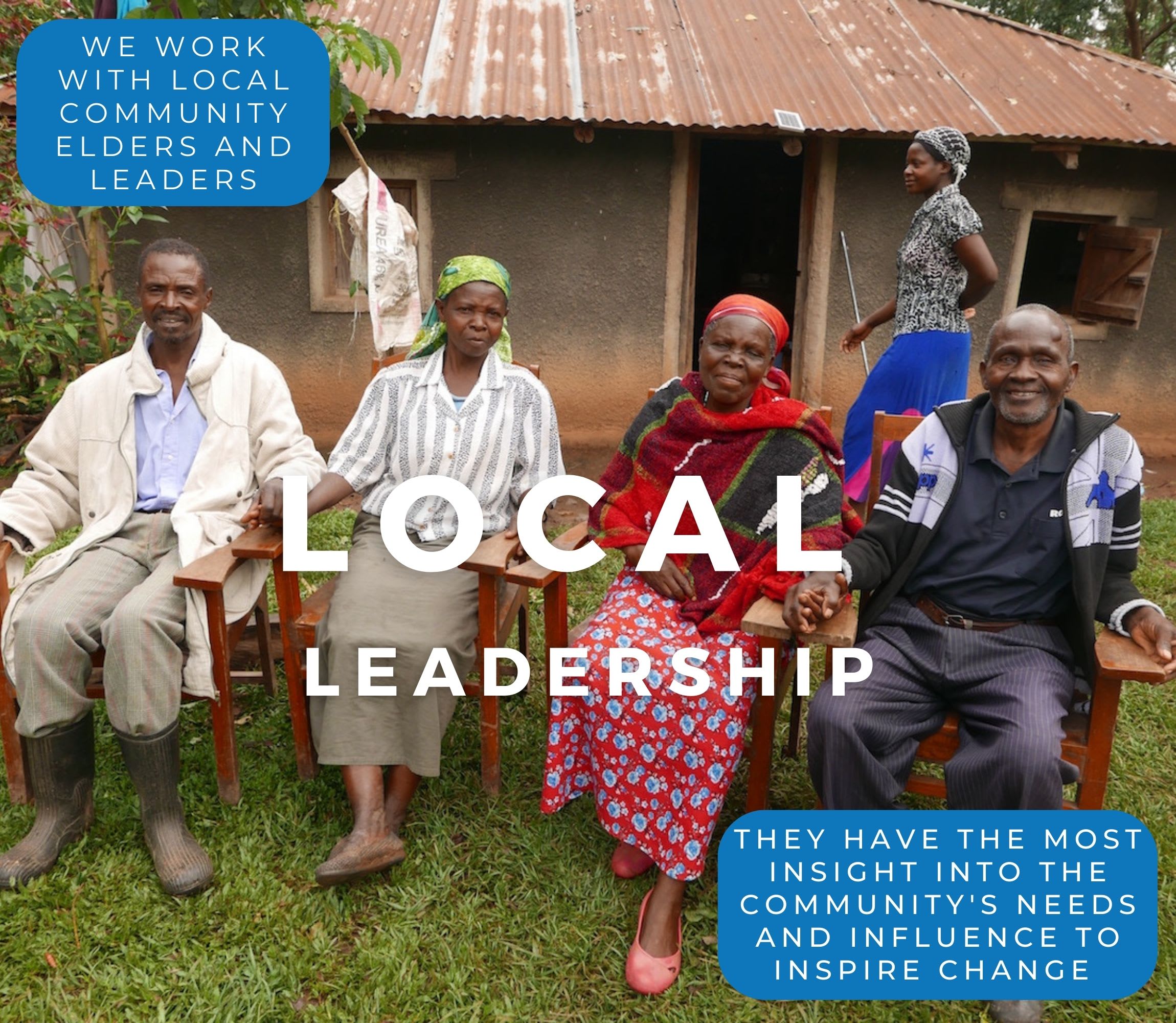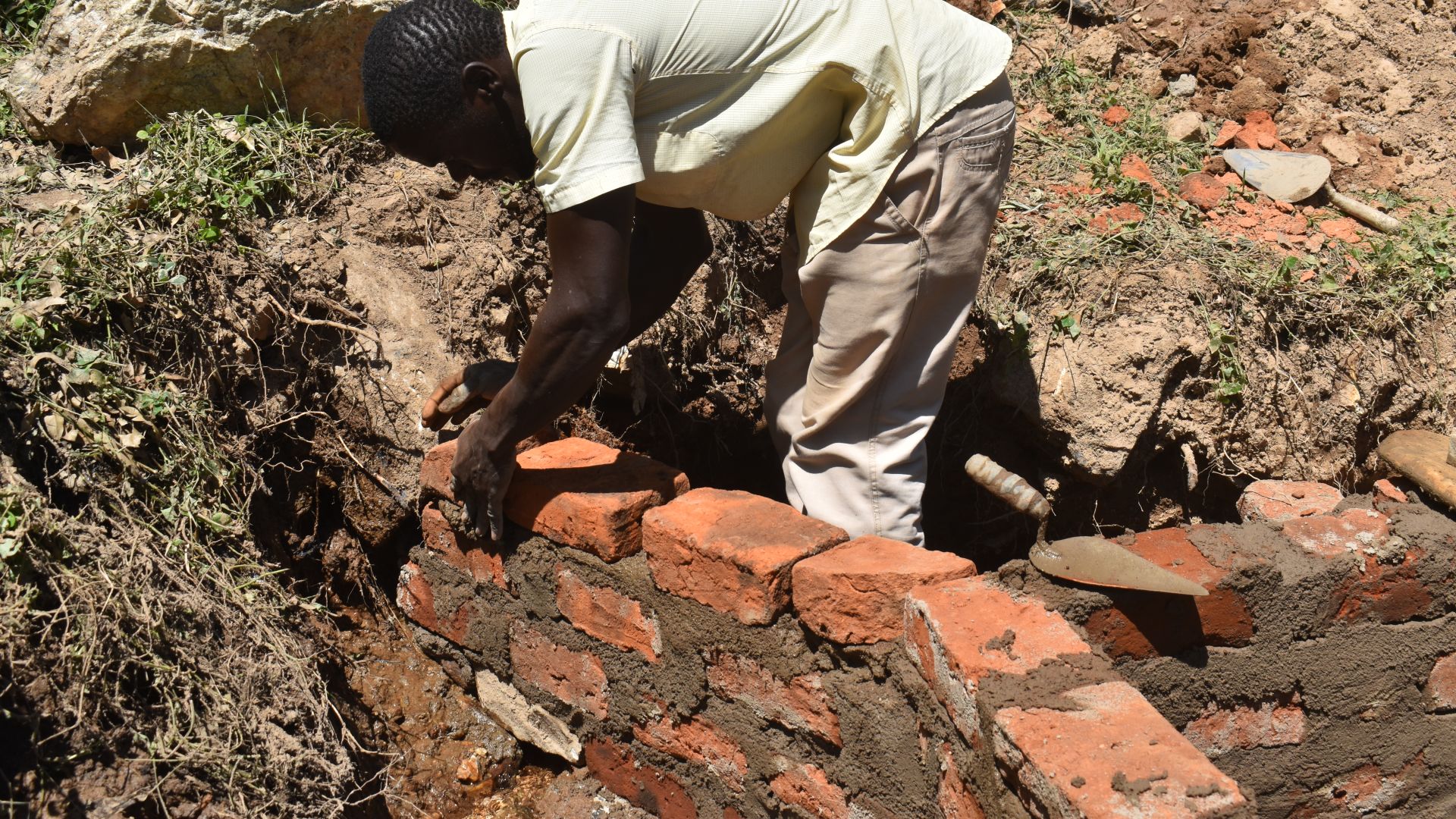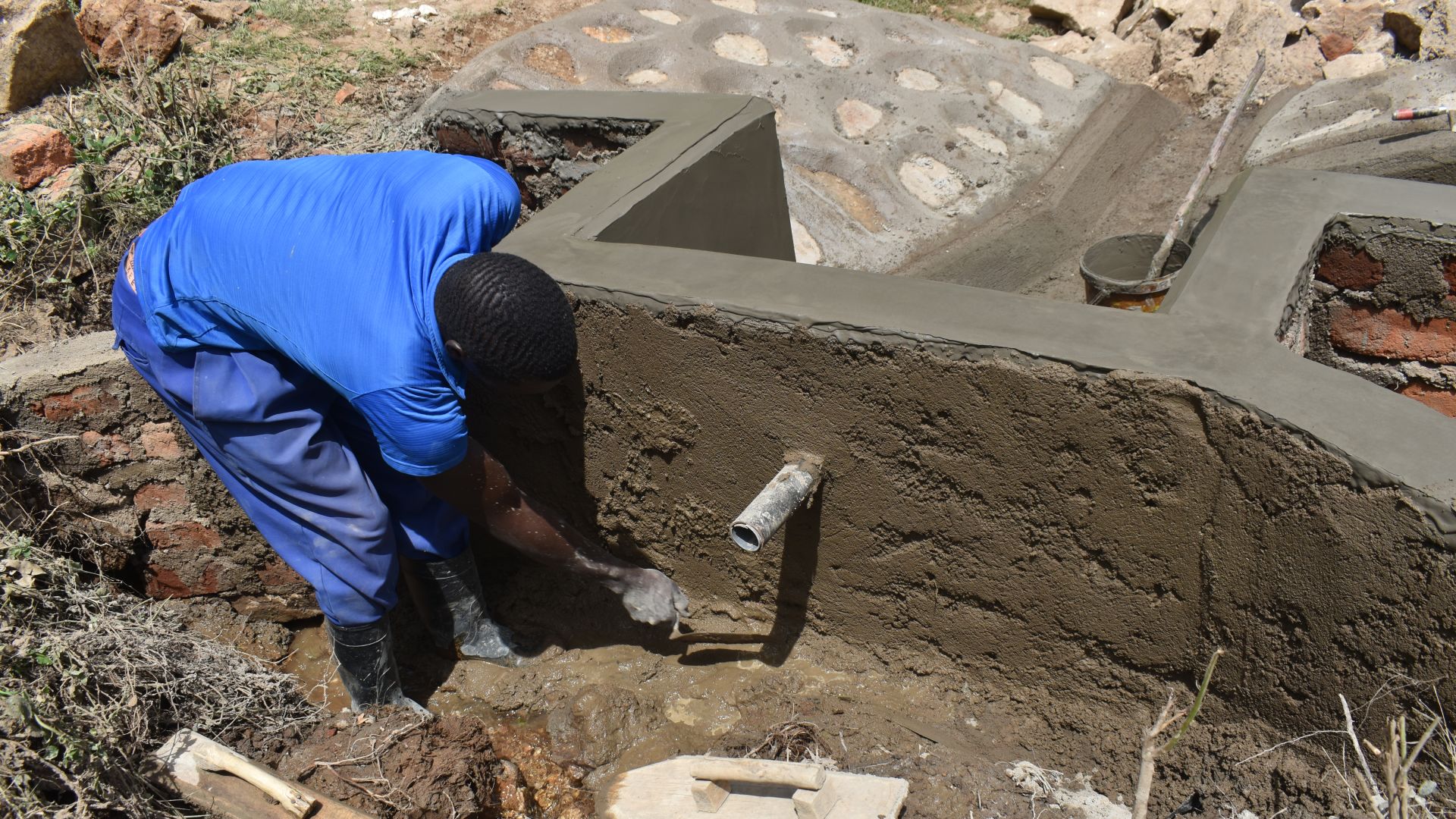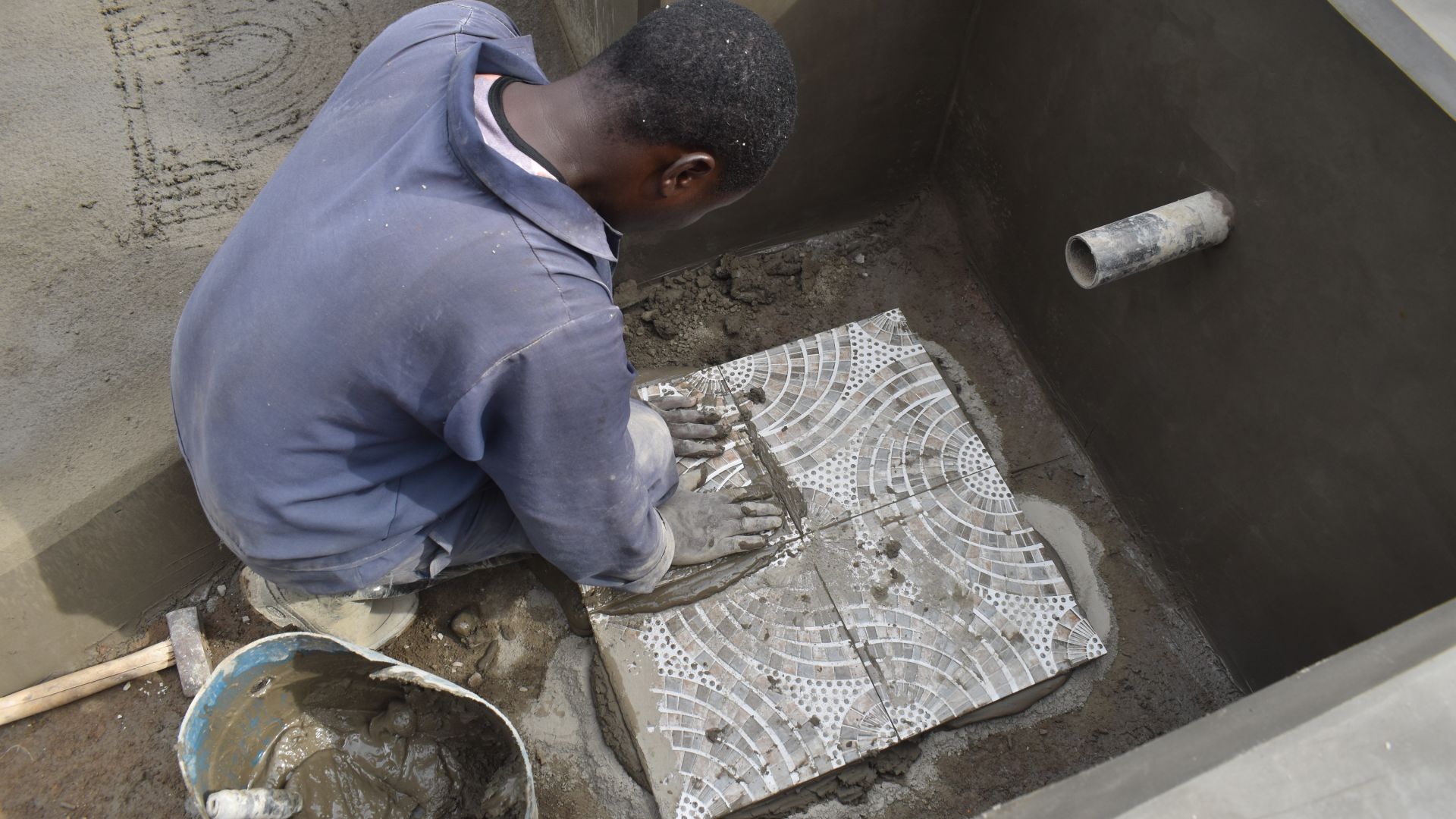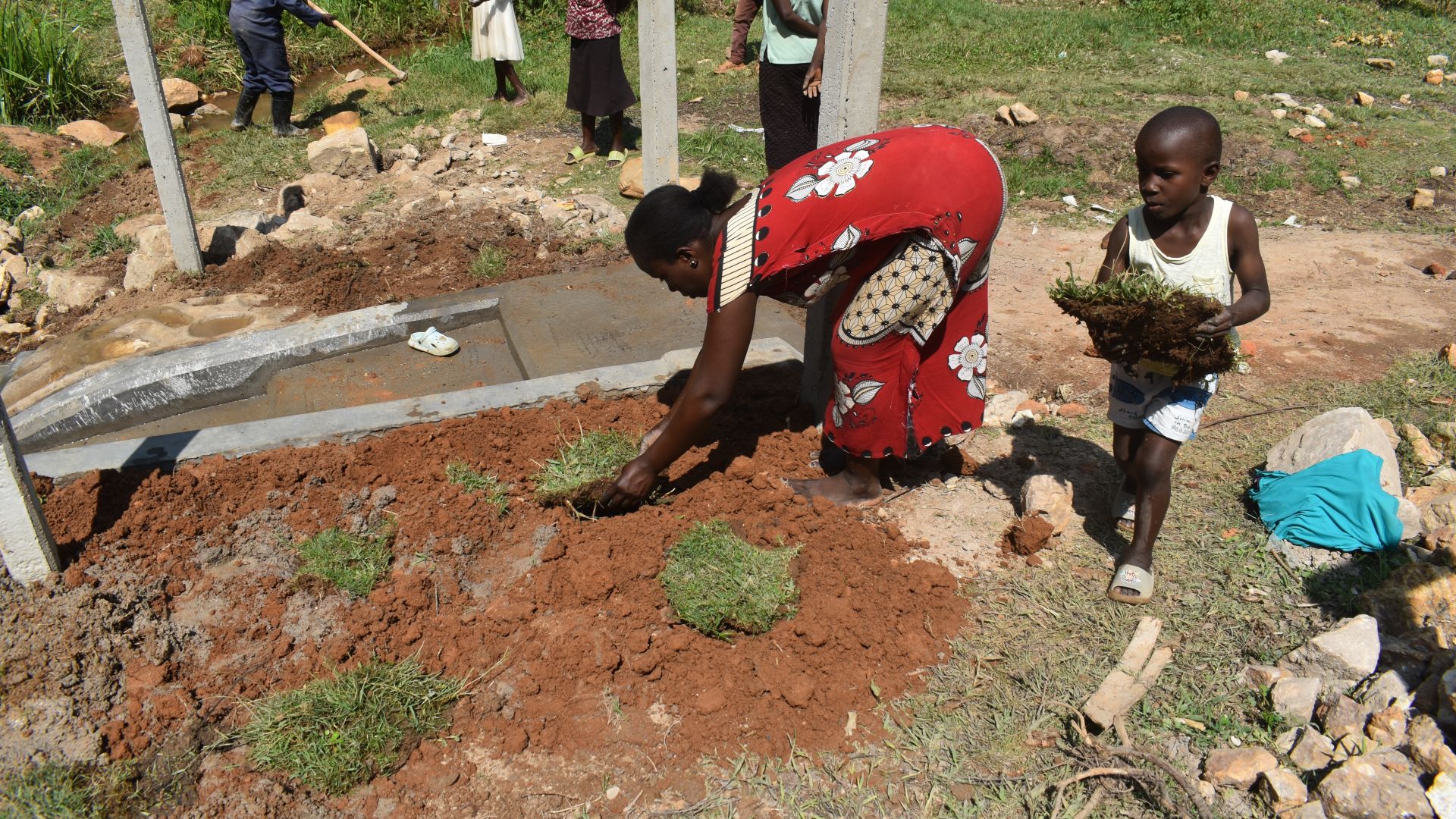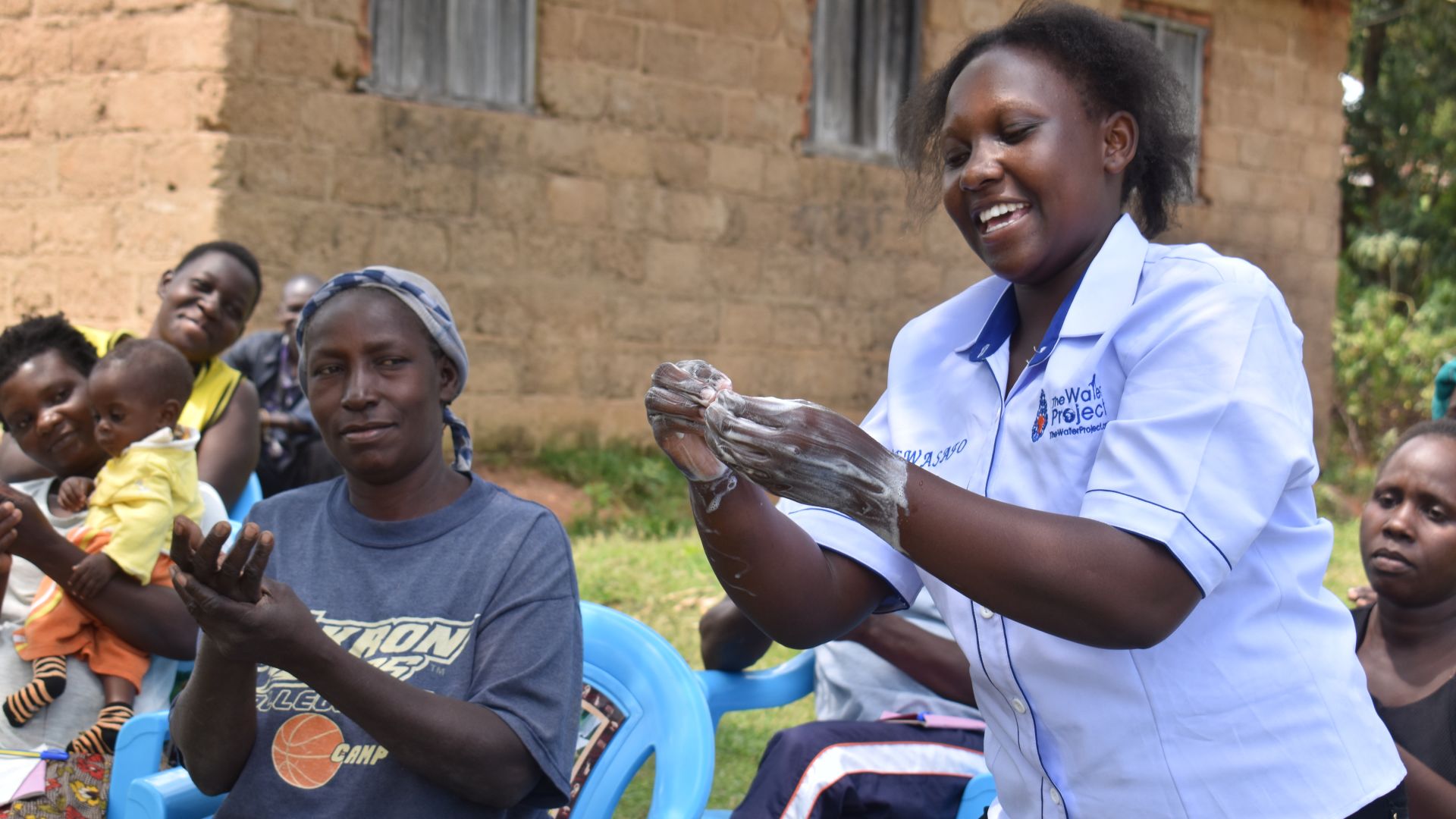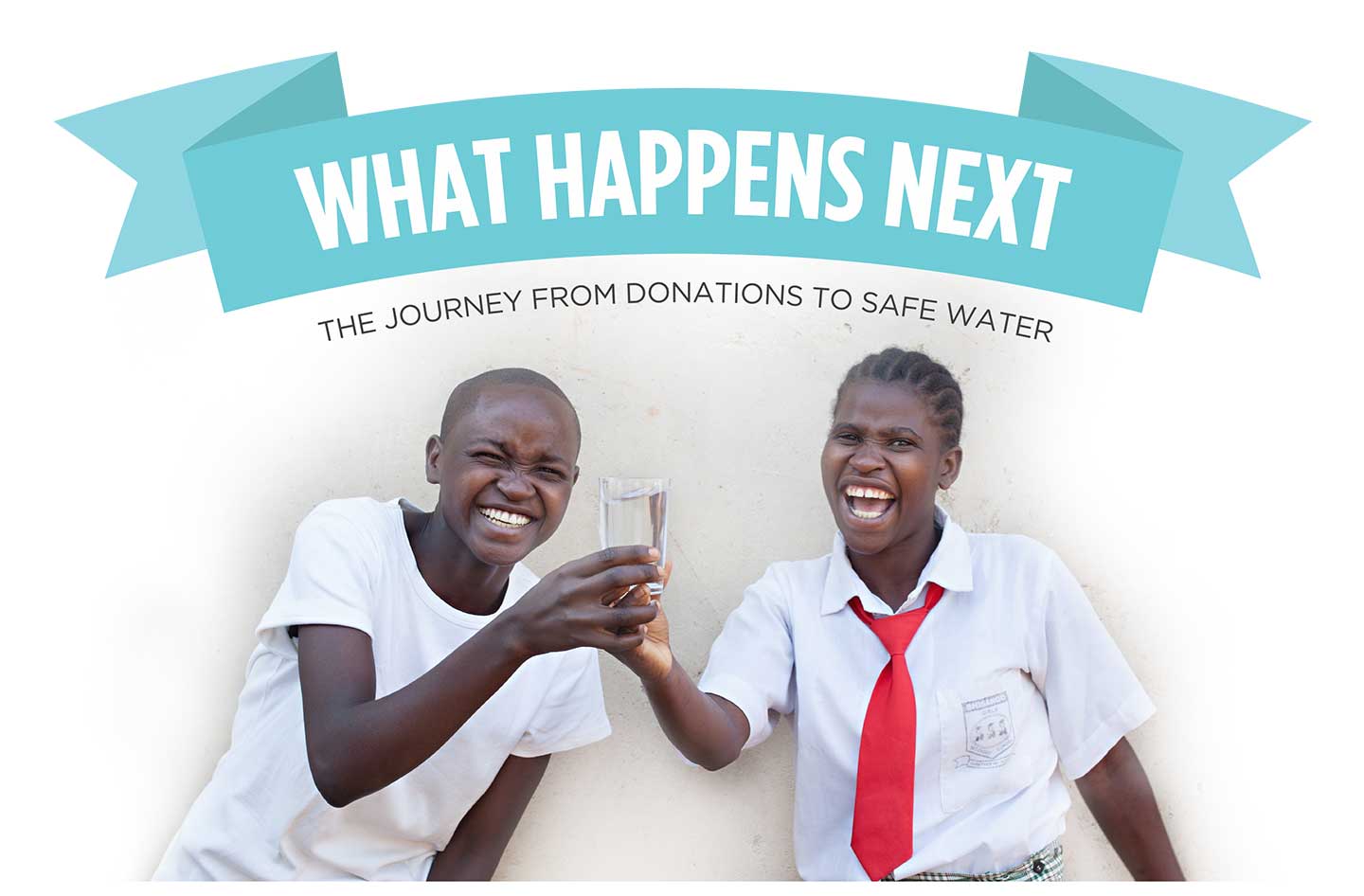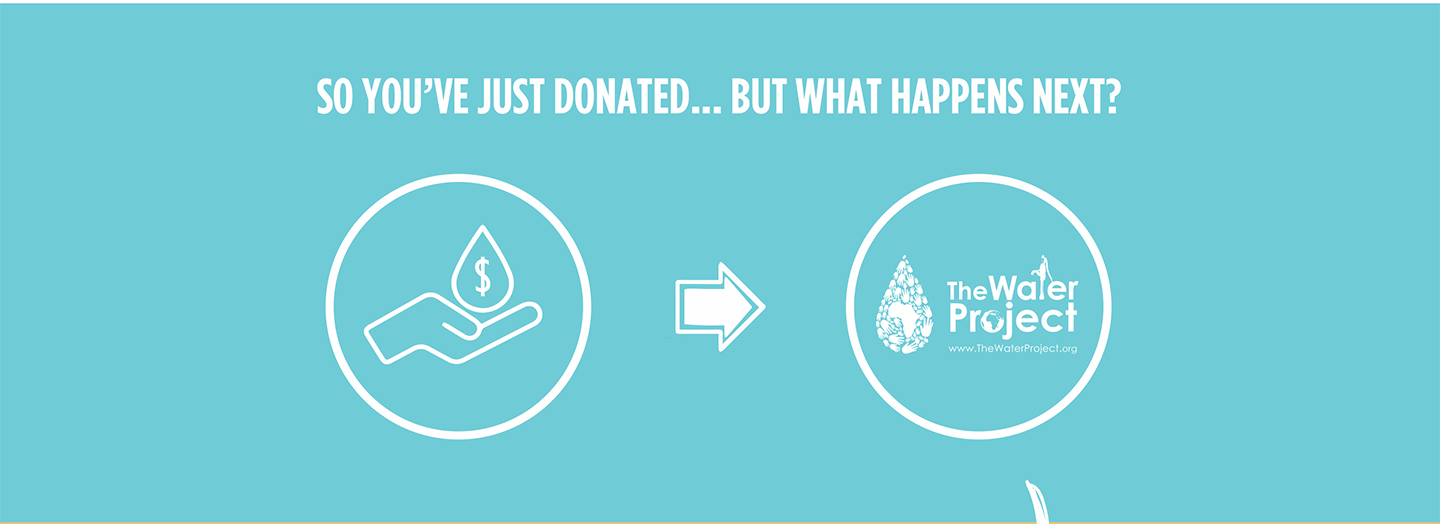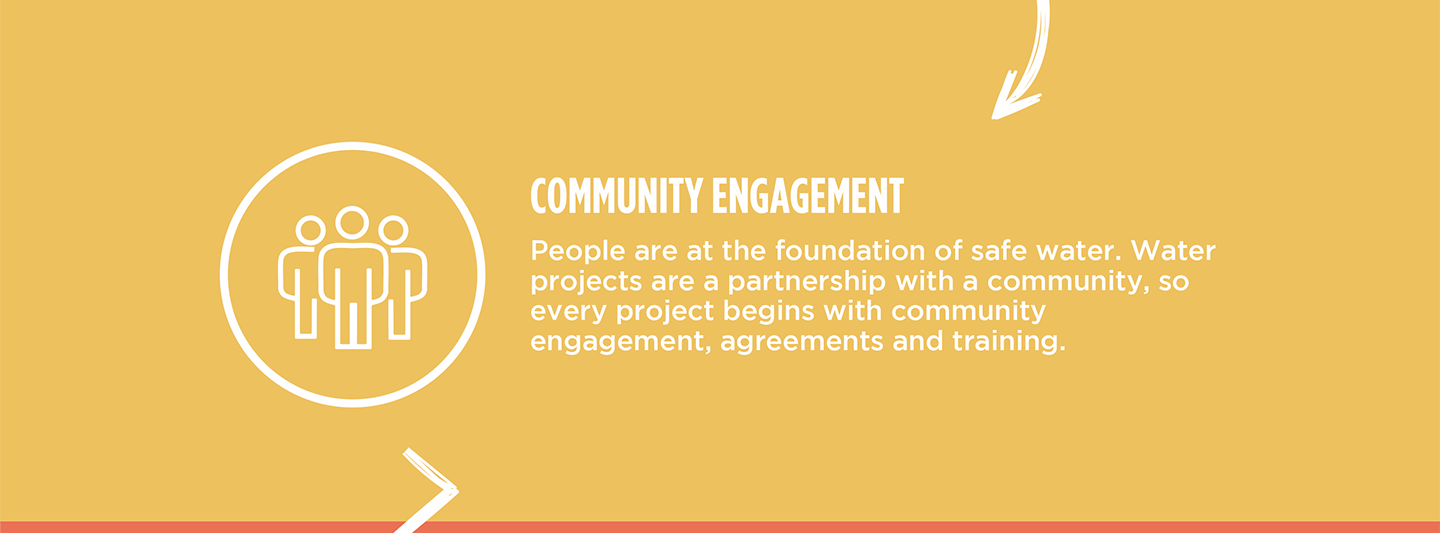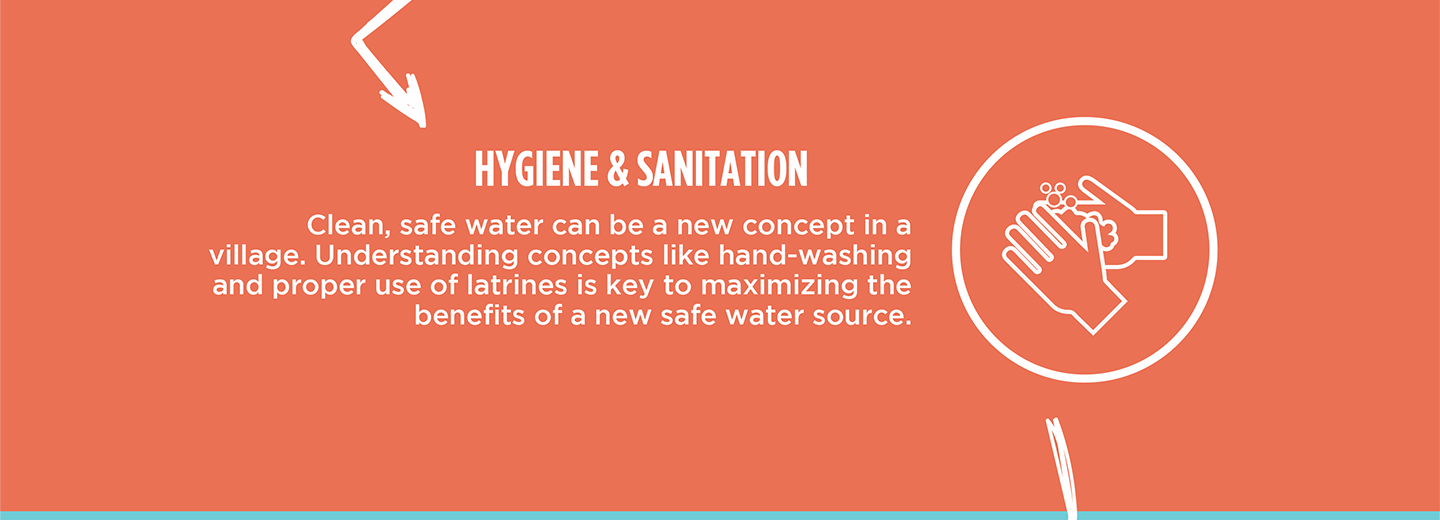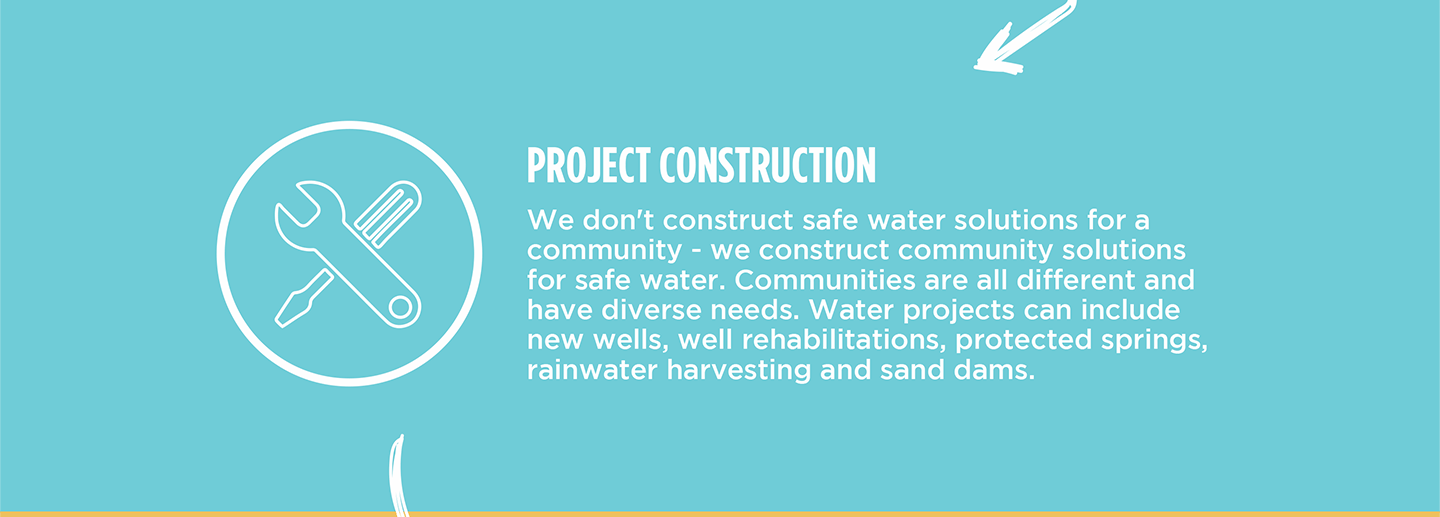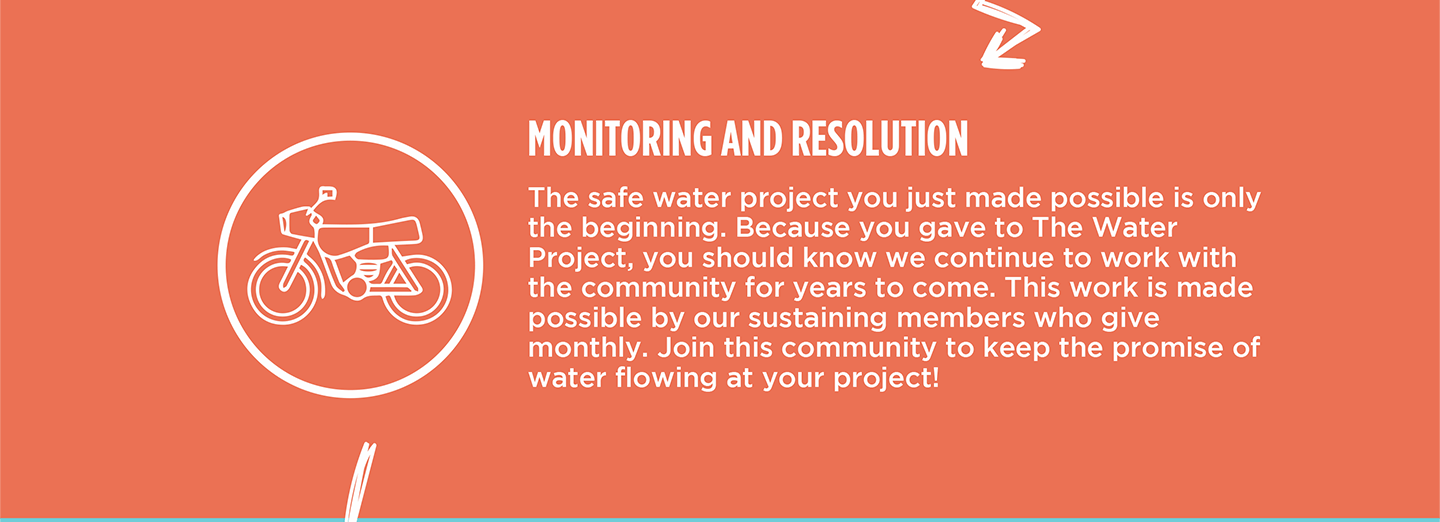The 364 members of the Gambo Community struggle to access safe, sufficient water. Their community water source, Asava Spring, is broken down and not functioning correctly, adversely affecting the entire community by causing severe waterborne illnesses.
Field Officer Daniel Mwanzia described the spring as follows: "This waterpoint is in a bad state of disrepair. The spring box is non-existent. You can actually hear the sound of water flowing in the backfilled area. The wing walls and headwall are badly damaged. Water is oozing underneath the headwall, and the collection area is waterlogged due to the lack of a functional drainage channel."

"Water from this source appears clear but has an unpleasant smell. I believe this is due to the fact that the spring box isn't properly covered, and I also found farm animals grazing nearby," he continued.
53-year-old farmer Francis Aligula is familiar with the outcomes of his community's water crisis.
"A month ago, I was hit by a stomach bug. I had diarrhea and vomiting. I visited the nearby dispensary, and the clinical officer confirmed it was caused by drinking contaminated water. I got treated but had to be in bed for five days, and that is something I wouldn't want to happen to anyone else in my family. Unfortunately, this is not the only time I got sick; it has been a recurring experience," he shared.
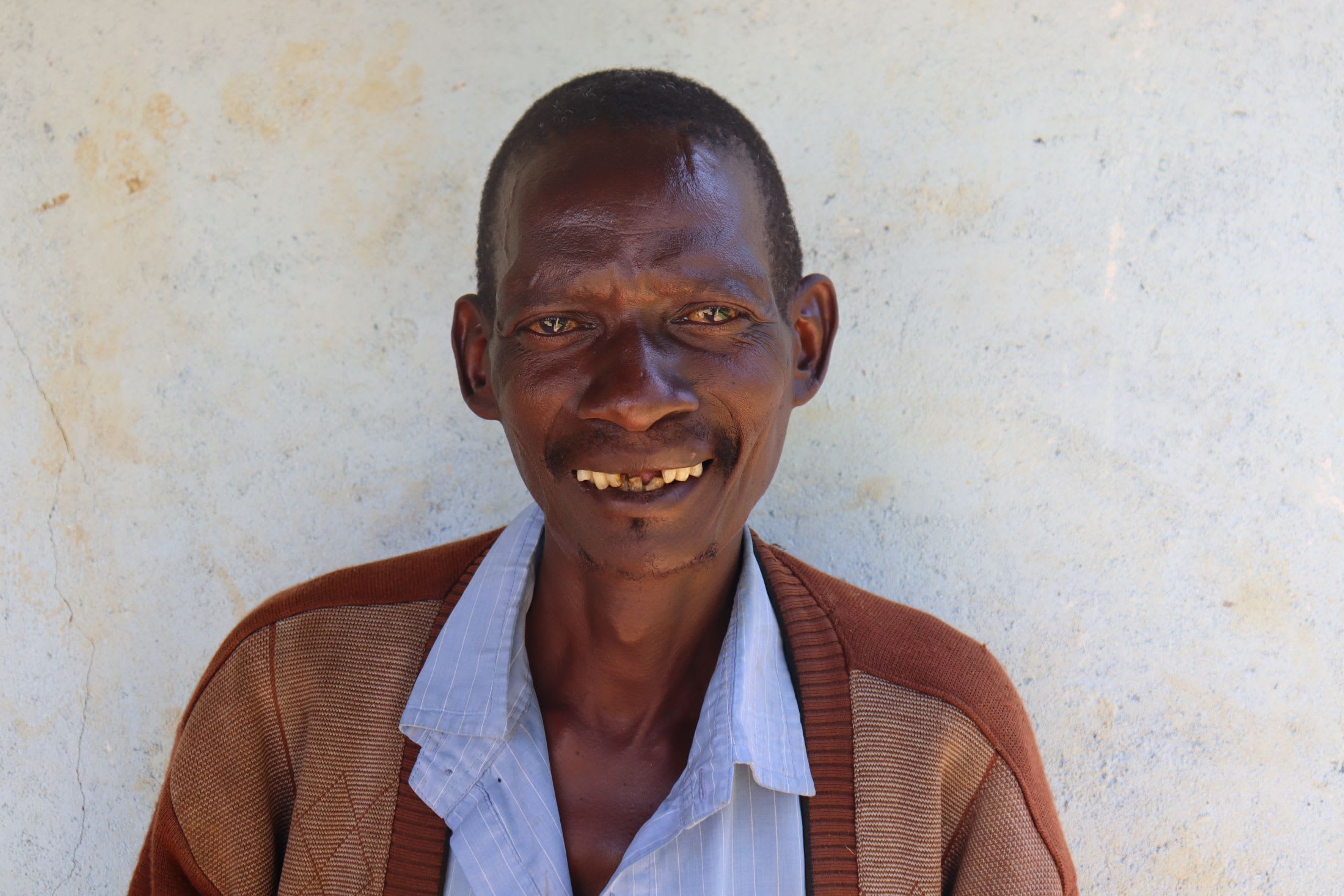
Francis.
"I have lost income every time my children or myself have fallen ill. Treating some of these illnesses is expensive. Being sick keeps me from performing any income-generating activities. Nobody deserves to drink contaminated water; it's shameful, demeaning and lowers one's dignity. Getting frequently sick doesn't just affect my finances, it weakens the immune system as well," continued Francis.
But time spent sick is not the only downfall of the dilapidated spring. Because the spring's eye isn't properly channeled, the water's output is not as it should be, causing long lines, delayed activities, and unrest within the community.
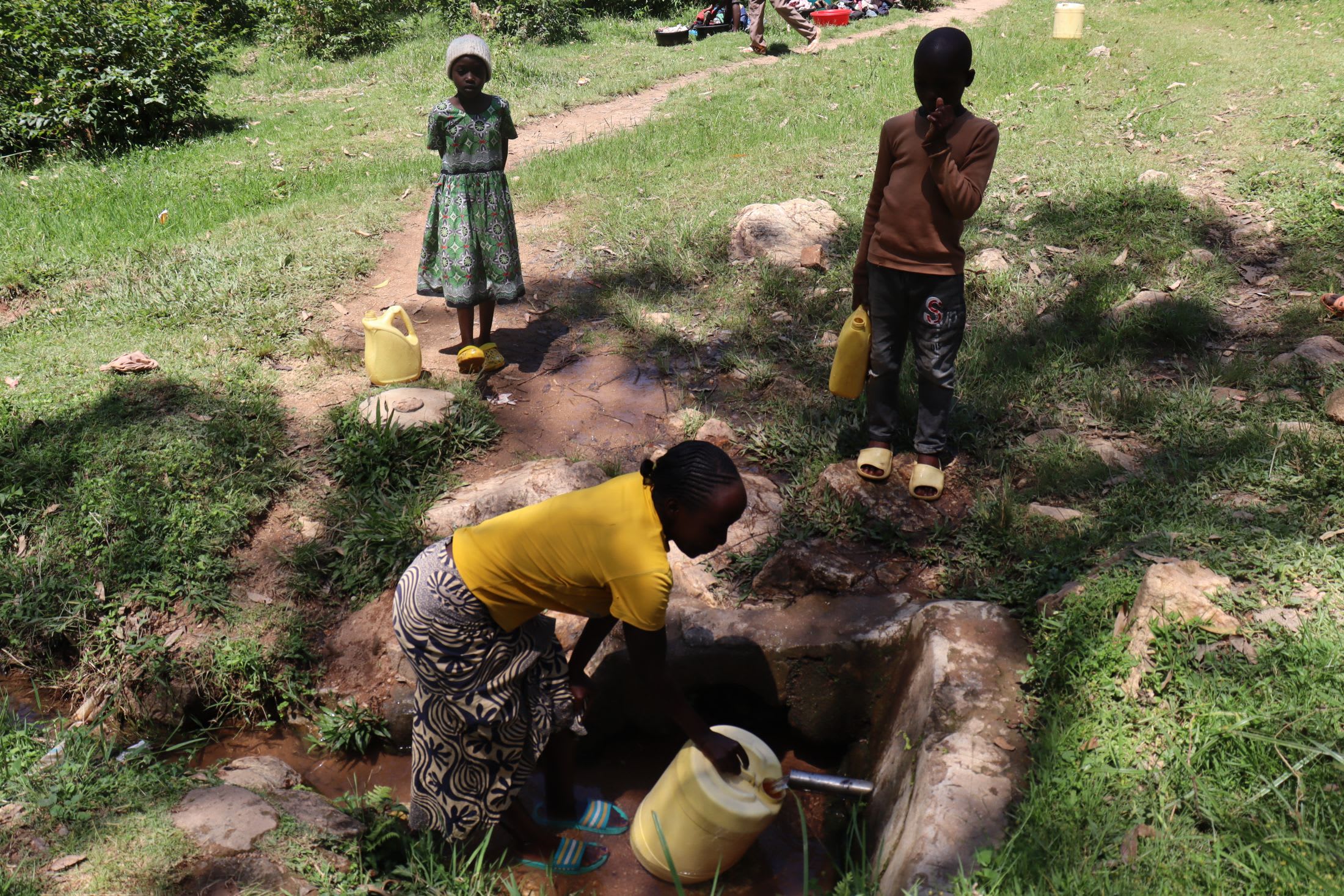
People waiting to collect water.
We asked Francis how long he had waited for water. "Three hours! This has happened on numerous occasions, especially when other waterpoints in neighboring communities dry up or reduce discharge. The nearby school's waterpoint has had challenges in the past, and that means students have to collect water from our source. This has led to long queues and competition."
Francis, who plays an important role in the community, shared how the water crisis affected his ability to do the crucial tasks he had to put off in the name of water collection.
"I'm the village elder in my community, and I would love more time to serve my people. Secondly, I still have children in school and college and that means I require money for their education. I'd rather have more time to engage in income-generating activities than queue for water," he shared.

Francis at the spring.
Protecting the spring will filter the naturally flowing water and lessen the chance of water-related illnesses. The water will also be channeled properly, increasing the discharge rate to reduce long lines and wasted time.
"We are literally living in fear because the quality of the water we drink every day cannot be guaranteed. Sadly, this is the only nearby waterpoint we know as a community," said Francis.
"People in this community have endured suffering for a long time and need to be rescued from their misery as quickly as possible. I believe this water point is in dire need of reprotection so as to alleviate the health challenges faced by this community," concluded field officer Daniel.
Steps Toward a Solution
Our technical experts worked with the local community to identify the most effective solution to their water crisis. They decided to safeguard the existing flowing spring.
Spring Protection
Springs are natural water sources that originate from deep underground. As water travels through various layers of the earth, it undergoes a natural filtration process, making it cleaner and safer to drink. To protect these spring sources from contamination, we construct a waterproof cement structure around layers of clay, stone, and soil. This design channels the spring water through a discharge pipe, facilitating easier, faster, and cleaner water collection.
Chlorine Dispenser
As an extra measure towards water quality safety, uniquely engineered chlorine dispensers are installed at all of our spring protection projects so community members can treat their water with pre-measured doses of chlorine. The chlorine treats any residual contamination and stays active for two to three days, ensuring water stays safe to use even when stored at home. Chlorine delivery and maintenance of the dispensers are part of our ongoing community support.
Community Education & Ownership
Hygiene and sanitation training are integral to our water projects. Training is tailored to each community's specific needs and includes key topics such as proper water handling, improved hygiene practices, disease transmission prevention, and care of the new water point. Safe water and improved hygiene habits foster a healthier future for everyone in the community. Encouraged and supported by the guidance of our team, a water user committee representative of the community's diverse members assumes responsibility for maintaining the water point, often gathering fees to ensure its upkeep.
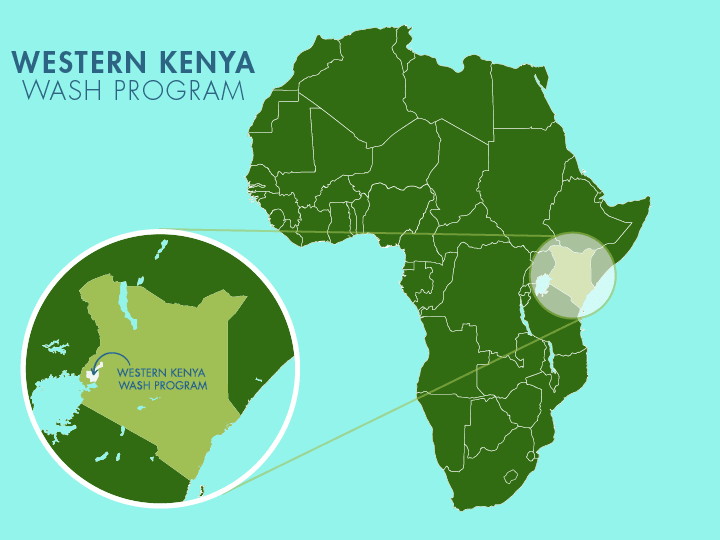


 Rehabilitation Project
Rehabilitation Project

